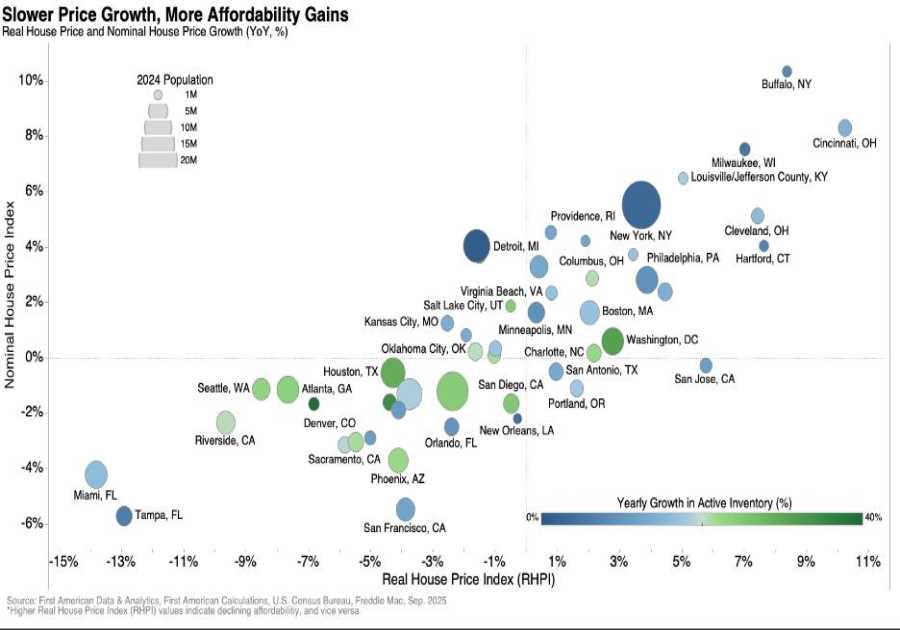We’re set to see 85 million jobs worldwide displaced by automation by 2025, according to the World Economic Forum.
And yet, in your finance department, there’s a high chance people will be slogging through menial tasks that they would happily hand over to a machine tomorrow.
These tasks are often the reason people in finance dread the end of the month, let alone the end of the year. And the staff doing them are likely to include senior people who could be adding serious value to the business – not to mention going home on time.
What is automation and what tasks could you be automating?
Automation in accounting means using software to handle the kind of routine tasks that no longer need to be dumped on the desk of an overworked human.
These are all the processes where figures and data need to be input, totted up or moved from one place in your system to another.
To get a sense of automation’s possibilities, think about that host of laborious tasks which need to be done but don’t add conspicuous value. (“Congratulations – you guys worked out the monthly accruals,” said nobody ever.)
For example:
Group VAT returns. Are you a group of two or more companies, submitting a group VAT return? And does that require someone to manually input information into an adjustment journal for each company? Automation could be taking care of that.
Intercompany transactions. If Company A in your group creates a sales invoice, automation could create a corresponding purchase invoice for Company B.
Deferred income and revenue recognition. Let’s say you are an SAAS (software as a service) provider, or you sell subscriptions or memberships. Maybe you are a service/contract type of organisation. Whatever your business model, if you have to deal with deferred income or recognise revenue, you will be familiar with the compliance, the time and the energy sapping work that can be involved in managing those areas. Automation can take care of correctly and compliantly spreading that income over the course of its life.
Group payments. If Company A pays a supplier on behalf of the whole group, that transaction could be automatically allocated between Companies B, C, D and E.
Foreign exchange gains and losses. There’s no need for these to be tied up manually each month when software can do that job.
Intercompany journals and eliminations. It’s a painful and laborious business having to manually work out and process adjustments and strip out intercompany transactions, so that you, the management team, your investors and the auditors get the right consolidated view of the group’s position. Good news: they can be automated and in real time, regardless of the number of companies in the group.
How automation can save you time and money
Every business would like to be more productive. Times are challenging, costs are rising, and organisations need to seek every efficiency gain they can, without compromising service.
In such an environment, doing those menial tasks the old-fashioned way might be costing you more than you think – especially if highly-trained members of the finance team are bogged down by grunt work.
If the financial director is spending the last Friday of every month writing into journals and doing calculations, there’s a cost involved – especially when that FD could be contributing their unique talents more fully to the management team and the rest of the organisation.
Working out those monthly accruals, sifting all those outstanding purchase orders… it’s all a significant task when multiplied by however many times it needs to be done, whether it’s 10 or 100.
If automation can save a senior finance person three or four hours a month, that’s an attractive return on the investment, as well as a potential Friday afternoon off.
Automate 10 processes a month and, even if each of them took only half an hour, you’re on your way to freeing up an entire day of staff time. Add more staff or more processes into that calculation and you can soon start to see hundreds of staff hours saved.
Those hours can be released for staff to spend on the activities that really use their talents and benefit the business, improving efficiency and the bottom line.
Automation can make your staff happier
Nobody likes to spend their days on tedious, manual tasks.
If you overload your team with boring work – and set them up to dread certain days of the week or the month – you’re at risk of losing them. And we all know that talent is hard to come by and that high staff turnover is wasteful and expensive.
What’s more, the businesses which are automating are in a good position to snap up the best people, leaving other organisations lagging behind and struggling to recruit.
So investing in automation now can pay off with happier, more motivated teams.
Automation improves accuracy
We’ve seen how automation can improve productivity, but it can also improve accuracy.
To err is human – and every process that’s automated is one less point where an error can be made in transcribing figures or inputting data.
And if you can lighten the burden of heavy workloads and tedious tasks, then staff are less likely to make mistakes at the points where their input is needed.
This doesn’t mean handing over all control to a computer. But with automation, if something has gone awry in the data, the FD or CFO might spend minutes reviewing what the system has worked out, rather than the hours they might have spent doing the original calculation themselves.
No control has been taken away and everything can be reviewed by a human.
What you need to know about choosing accounting software
It may be that you have not made full use of automation because you’ve simply lacked the tools – or did not know how much software could do.
If you’re looking to automate tasks, there are a few questions you should consider as you explore your software options.
Is the software too limited? Entry-level applications aimed at small and medium-sized organisations are often basic in their scope. That may be fine when your operation is small, but as you grow, your creaking software won’t be able to automate the range of processes that more sophisticated systems can.
Is it too big and expensive? At the other end of the scale, there are enterprise-level systems, which can automate a lot of tasks. They’re powerful, but there can be drawbacks. If you want to automate a new process, you might have to spend money on development, or have someone write bespoke code or tweak the system.
Can you set things up yourself? If you don’t want to consult a technical expert every time you need to automate a new process, the answer could be software that uses a “modular” system. Think of it as giving you the software equivalent of Lego-style blocks which you can put together to create new automated processes. The process can be simple enough that staff can learn it quickly and use it independently.
And if you’re worried that tinkering with your system sounds risky, find out whether the software has a “sandbox” – an area of the system where you can try things and practice without breaking anything.
When the end of the month isn’t something to dread
If the end of the month causes your team sleepless nights, it may be a sign that not enough automation is going on.
There should not be stressful days spent working out a long list of adjustments and inputting them into the finance system. Finance teams don’t need to be spending two or three days closing things down and tidying up for month-end – and year-end need not be 12 times more stressful still.
Put the right automation in place and your team need not look at the calendar with dread. The end of the month can be just another day.
By Paul Sparkes, Commercial Director at award-winning accounting software developer iplicit
.png)





